The UN is celebrating 2010 as International Year of Biodiversity and the theme is “Biodiversity is life, Biodiversity is our life”. The 3rd Vol. of Biodiversity in Horticultural Crops published in 2010 highlights biodiversity of potential and future crops for livelihood and nutritional security. Fourteen crops including three vegetables, six fruit crops, three ornamentals, one spice and one medicinal plant Bombara Groundnut uncommon to Asian readers but common in South Africa are elucidated by 28 eminent scientists from four countries including India. Cucurbits like ashgourd, satputia and watermelon find special attention in the volume for their importance in high content of fibre and captive water so important in health and wealth. Cranberry is getting attention for its rich content of Vitamin C and minerals. Jamun is popularized for its hypoglycaemic property. Value added products from Jamun are capturing urban markets. Litchi and mangoes are sub-tropical fruits of economic importance to India. National Research Centre on Litchi at Bihar and Central Institute for Sub-Tropical Horticulture at UP are established to conduct research on litchi and mangoes respectively and are the ex situ gene depositories. Noni is a wonder plant of present and future. Its fruits contain more than 160 neutraceuticals, antioxidants, micro-nutrients and is called the fruit of the millennium. Andaman and Nicobar Islands possess considerable variability and also species. Pomegranate is both a fruit and spice. Medicinal value of pomegranate is mentioned in Charaka Samhita. Heliconia, marigold and zinnia are ornamentals with potential as cut flowers and as sources of pigments and lipids. Byadgi chilli is low pungent and a high colour speciality spice very localized in Karnataka. It has prospect to replace Paprikas of Spain for international trade. Bambara ground nut is a common legume cum medicinal plant in South Africa. During drought and related national calamities, bombara ground nut is the main source of protein and energy. Venter, Heever and Swanevelder from South Africa contributed the chapter on Bombara groundnut.
Biodiversity in Horticultural Crops, Volume 3
In stock
Free & Quick Delivery Worldwide
reviews
Bibliographic information
Title
Biodiversity in Horticultural Crops, Volume 3
Author
Edition
1st ed.
Publisher
Daya Publishing House, 2011
ISBN
9788170356721
Length
xxiv+336p., 186 Col. Plates; Figures; Tables; Index; 25cm.
Subjects

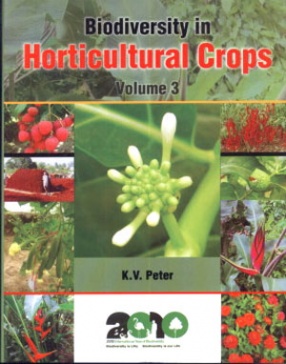
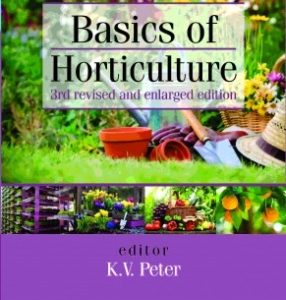
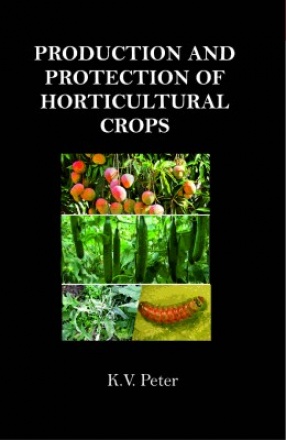
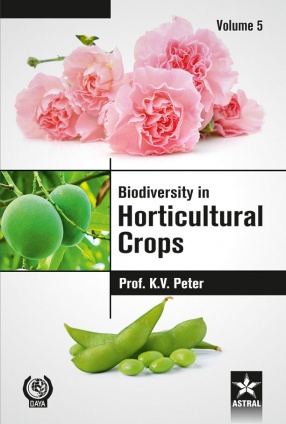

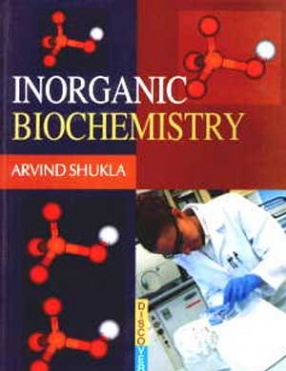
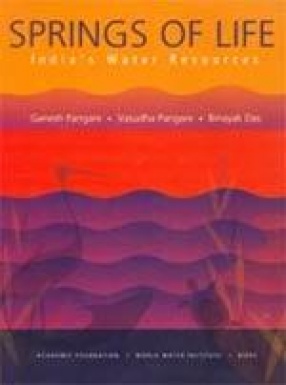
There are no reviews yet.